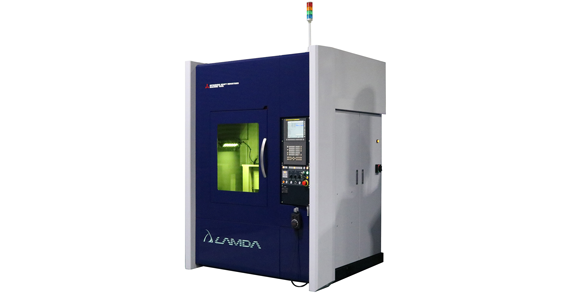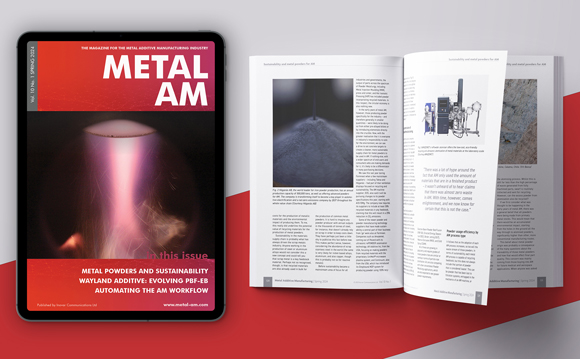MHI Machine Tool delivers its first Directed Energy Deposition system
April 23, 2019

MHI Machine Tool’s DED Additive Manufacturing system (Courtesy Mitsubishi Heavy Industries Machine Tool Co., Ltd.)
Mitsubishi Heavy Industries Machine Tool Co., Ltd. (MHI Machine Tool), Tokyo, Japan, a group company of Mitsubishi Heavy Industries, Ltd., has delivered the first unit of its metal Additive Manufacturing machine to the Industrial Research Center of Shiga Prefecture, Ritto, Japan. The machine was developed under a research project of Japan’s New Energy and Industrial Technology Development Organization (NEDO), with the participation of the Technology Research Association for Future Additive Manufacturing (TRAFAM).
The project’s aim was to create a next-generation metal Directed Energy Deposition (DED) Additive Manufacturing system employing MHI Machine Tool’s accumulated laser and positioning control technologies. By adopting a proprietary DED method in which metal powder is continuously fed by nozzles to the laser fusing point with high precision, a commercial model was achieved which is said to be capable of processing diverse metal materials at high speed.
Development of a prototype unit was completed in October 2017, and an entry model has now been launched that is dedicated to manufacturing prototypes of small parts. Using MHI Machine Tool’s DED method, part production is said to be more than ten times faster than achievable using Powder Bed Fusion (PBF), and also to generate less waste material.
The use of DED also makes it possible to perform Additive Manufacturing on a part’s surface by way of repair, to double-laminate different metal powders, and to manufacture large parts, and MHI Machine Tool stated that significant expansion of applications for the technology is anticipated through developments during the processing phase and through combined use with other machine tools.
MHI Machine Tool is currently developing monitoring feedback capability that will enable users of the new system to automatically monitor and stabilise the manufacturing status, as well as a gas shielding function necessary for manufacturing with the titanium alloys, etc, used in the aircraft and space fields.
The company stated that, in collaboration with the Industrial Research Center of Shiga Prefecture, it will now focus on marketing its new metal AM system within the manufacturing industry, as well as on developing new applications.
















